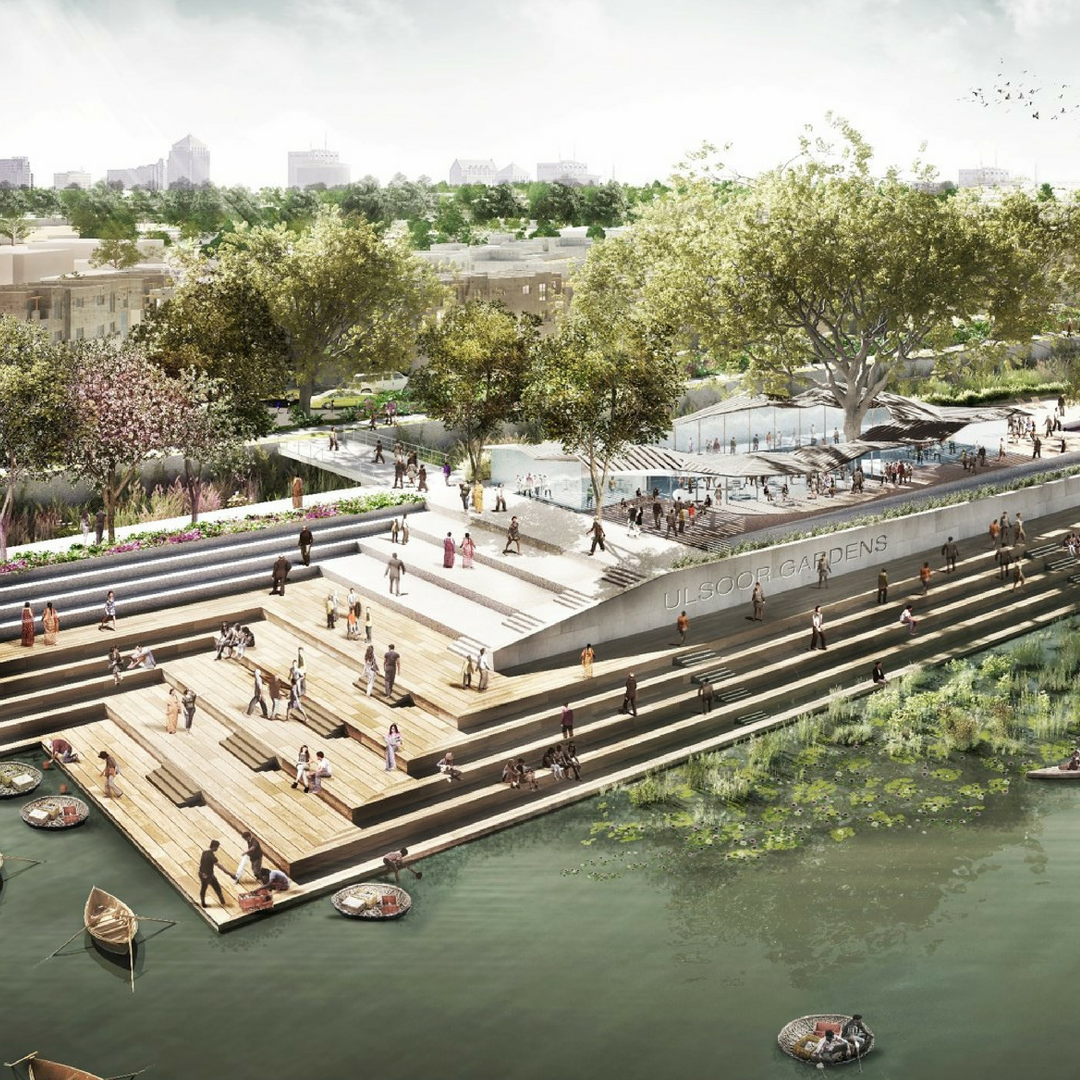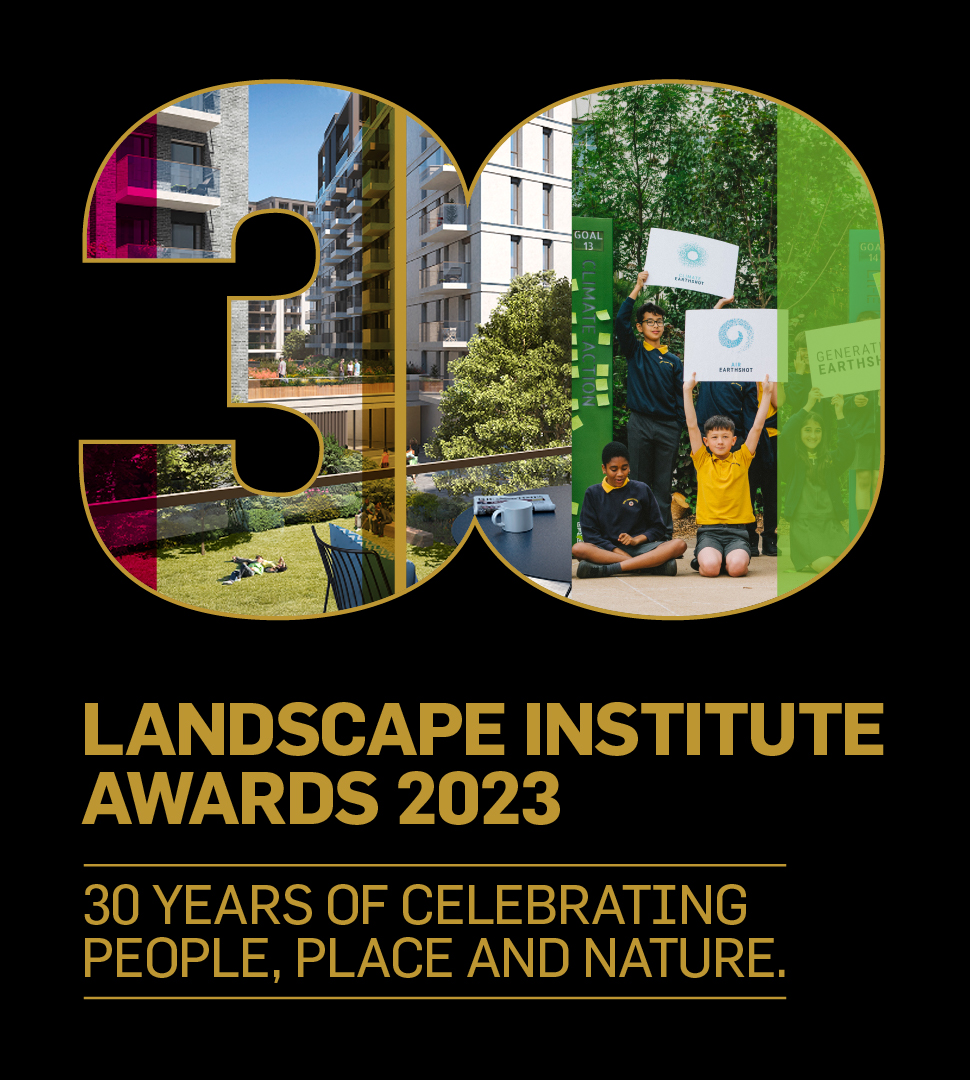
Judging Criteria
Unless stated otherwise in the category details, all LI Awards will be judged against four criteria
- Design
- Sustainability
- Value
- Professionalism
Read this page carefully for the definition and sub-criteria of each. When you submit your entry, make sure you clearly identify how your work meets the specific criteria for your category.

Design sub-criteria to demonstrate in your entry
The entry:
- is highly functional and useable
- is thoughtful and sensitive to its context and character
- is beautiful, appealing both visually and to other senses
- is inclusively designed and accessible for all users
- has overcome site challenges in an innovative or creative way

Sustainability sub-criteria to demonstrate in your entry
The entry:
- has made demonstrable effort towards (net) carbon neutrality and mitigating climate change
- has maximised adaptation and resilience to future climate changes, including increased temperatures and associated risks
- has sought to make a positive contribution towards healthy, connected habitats for biodiverse species
- has mitigated other environmental harms and pollution wherever possible, including air and water pollution
- makes a positive contribution towards the UN Sustainable Development Goals more broadly

Value sub-criteria to demonstrate in your entry
The entry:
- Meets or exceeds its original brief
- Makes best and most-efficient use of available resources and space
- Has considered its impact on all users and evidences community involvement where appropriate
- Maximises its impact on human health and wellbeing, and other social outcomes
- Maximises the opportunity of local regeneration and economic development

Professionalism sub-criteria to demonstrate in your entry
The entry:
- Is consistent with current UK best practice and standards
- Relies upon thorough and robust analysis of impacts, risks, and benefits
- Is described in clear, authoritative terms with well-designed documentation
- Has maximised the potential of collaboration and multi-stakeholder working
- Commits to quality across all stages of the landscape lifecycle, from design and plan to maintenance
